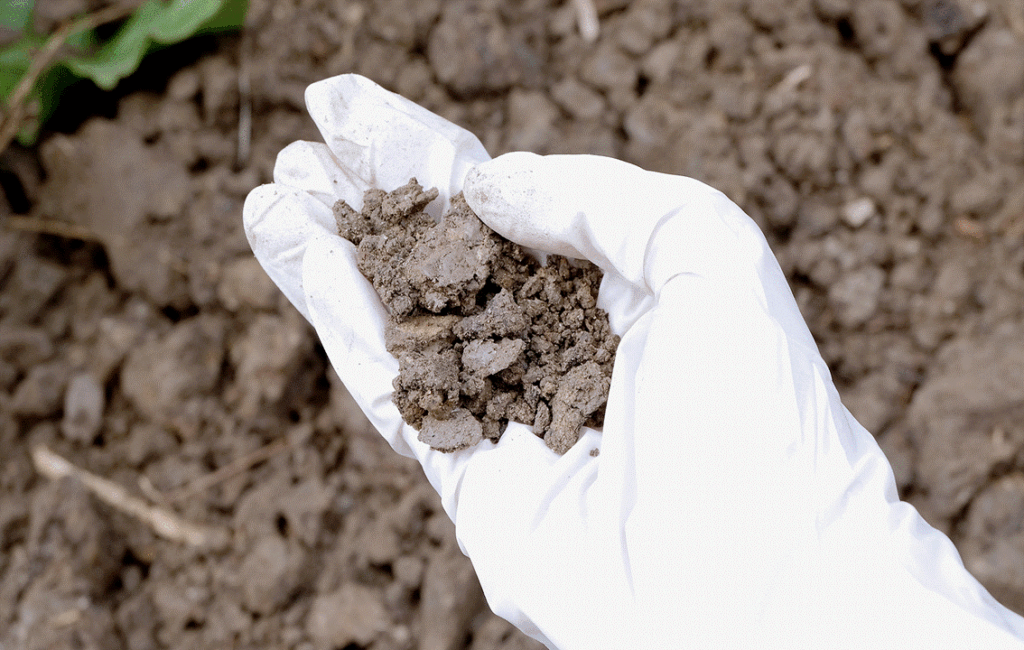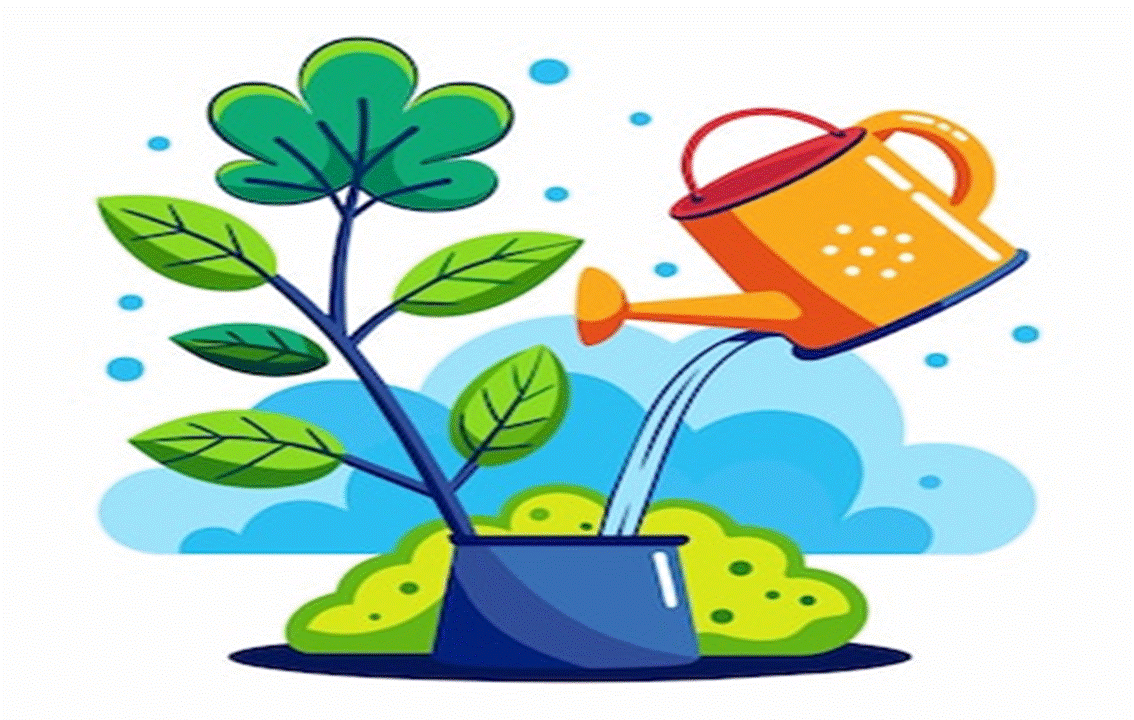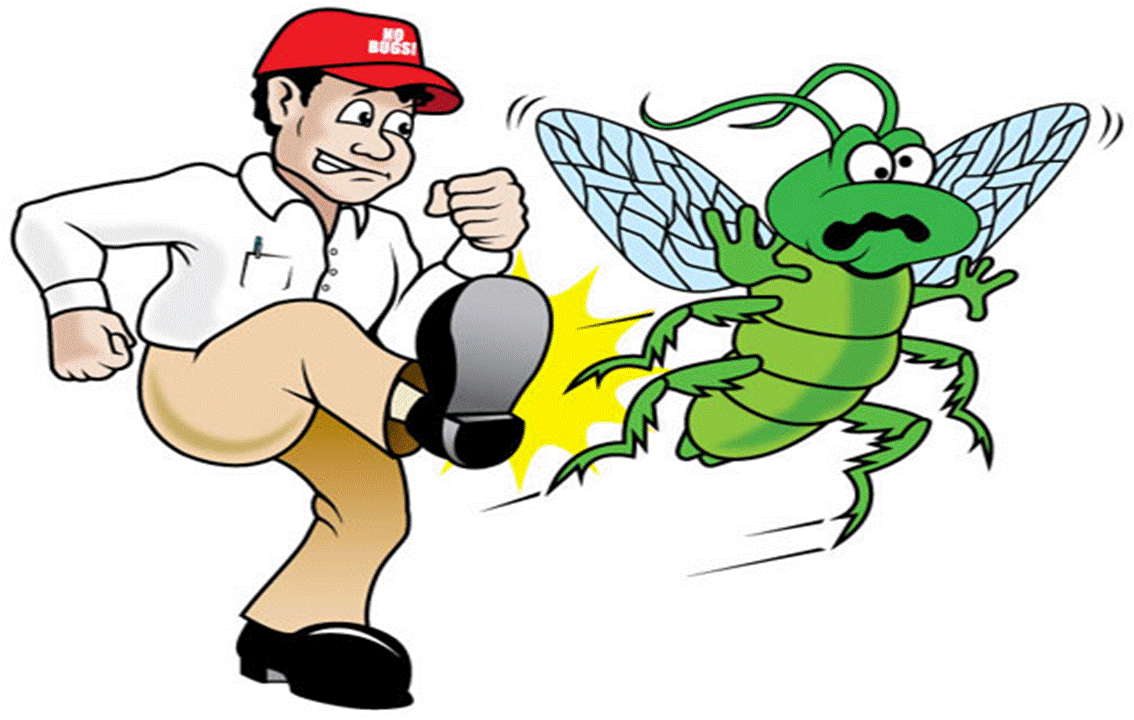THREE FACTORS THAT DETERMINE SOIL CONTAMINATION
Soil contamination is determined by a combination of visual inspections, soil testing, and consideration of the site’s history. These three factors allow gardeners to determine the condition of the soil and then take the appropriate action to remedy any issues that may occur. Regular monitoring and awareness of any changes in soil characteristics can also help in the early detection of soil contamination. Generally, most gardens will not display any serious contamination issues and if they display an element of contamination, it will be a minor issue that can be resolved fairly easily. In some extreme cases, however, environmental consultants or soil remediation professionals may need to be hired and they will conduct thorough assessments and then offer advice on the best remediation options.
The three factors that determine soil contamination
Visual Inspection: Signs of contamination, such as unusual plant growth or dead vegetation, stains, discolouration, or abnormal debris, on the soil surface or anomalous odours such as chemical smells are all signs of soil contamination.
Soil Testing: The most easiest and reliable method to check for soil contamination is to perform a pH and nutrient test. Along with checking for specific contaminants, testing the soil’s pH and nutrient levels can provide additional insights into the soil’s overall health. If the test indicates more serious contamination, a chemical analysis can be completed using soil samples from multiple locations and depths of the garden. A certified laboratory for testing will confirm if any serious contaminants, such as heavy metals like lead or arsenic, pesticides, hydrocarbons, and any other toxic substances exist. These results will enable gardeners to make the necessary arrangements to clear these substances from the garden. Local environmental agencies or extension services that may offer support or guidance on soil testing and contamination concerns, will also be available to help clear sites of contamination.
Site History: Consider the past use of the land. Sites previously used for industrial activities, landfills, or agricultural chemicals may have a higher risk of contamination.








